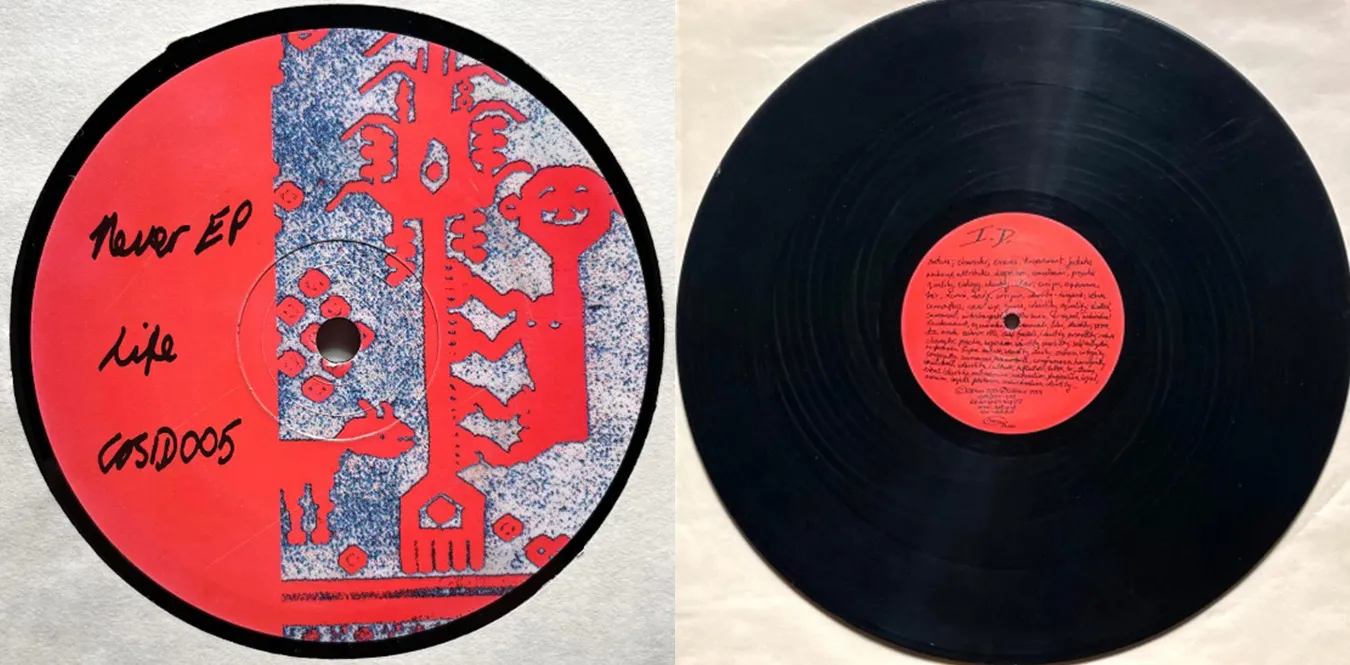[Column] Expanding trajectory of Minimal Music: Aesthetics of repetition and change as seen from Techno, House, and Rock
Column en House Minimal Rock Techno![[Column] Expanding trajectory of Minimal Music: Aesthetics of repetition and change as seen from Techno, House, and Rock](/../assets/images/column-minimal-music.webp)
Prologue: Between silence and repetition
Text: mmr|Theme: “Aesthetics of Repetition and Change”—A cross-sectional interpretation of minimal music, the richest expression of music achieved through “scarcity,” from classical to techno to contemporary Japan.
A single sound rings out, then disappears silently. The next sound appears again, at a slightly different angle. By the time that series takes shape, we are listening not to the music’s “story” but to its “existence itself.” –That was the beginning of minimal music.
Minimal music was born in America in the 1960s. Abandoning the drama and emotional expression that traditional Western music has pursued, Instead, it has transformed into an art that allows us to listen to “time and structure” itself. Terry Riley”s “In C”, Steve Reich”s “Piano Phase”, And Philip Glass’s “Einstein on the Beach”—— They elevated the repetition of sound to a meditative experience rather than a boring experience.
Eventually, this philosophy permeated the world of electronic music. In the constant rhythm of TR-808 and 909, A slight change in the filter or misalignment of the hi-hat gives it life. It”s the same idea as Reich”s “phase shift” on the piano. It is the minute differences within repetition that create the sense of musical time.
In this paper, we will explore how this “aesthetics of repetition” can be extended and Classical, techno, house, rock, and even Japanese electronic music. We trace how it became a single sensual and philosophical trend that pervades a variety of genres.
Minimalism is not just “striping down.” It is an act of looking at the ““eternity’’ that resides in the smallest unit of sound. An infinite fluctuation that is born between silence and rhythm. In this environment, people sense “presence” through hearing.
Chapter 1: The origins of minimal music - Terry Riley and Steve Reich
In 1964, Terry Riley’s In C premiered. This piece had an unprecedented structure, with the performers freely repeating 53 short note patterns. Each phrase overlaps with a slight shift, creating a sound that seems to continue indefinitely. This ““free repetition’’ is an idea that would later lead to electronic music and DJ culture.
Structural analysis
| Element | Content |
|---|---|
| Basic materials | 53 phrases (in 1-2 measure units) |
| Tempo | Any (generally around ♩=120) |
| Repetition method | Each player moves to the next phrase at their own timing |
| Effect | Polyrhythm effect due to phase shift |
Steve Reich’s next work, Piano Phase (1967), strictly controlled the “discrepancies” in repetition. By having two pianists play the same phrase and one accelerating the tempo slightly, The sound pattern gradually shifts. This “Phase Shifting” is what It foresaw the aesthetics of loop structures in later techno.
Chapter 2: Philip Glass and the “beauty of construction” – between machines and humans
Philip Glass elevated repetition as ““structural order.’’ The opera Einstein on the Beach (1976) is a five-hour acoustic architecture. While changing the same phrase step by step, the voice, organ, and violin are played. Continuing to draw geometric sound patterns.
Characteristics of repetitive structure
- Addition/subtraction in module units (Additive Process)
- Advantage of “pulse” over pitch
- Fluctuations of emotion based on numerical regularity
Glass’s method also influenced post-rock and electronica from the 1980s onwards. For example, the influence of Grass’s ““sustained rhythm’’ can be seen in the compositions of Tortoise and Sigur Rós.
Chapter 3: Minimalism in Techno and House - From Detroit to Berlin
Detroit Geometric Minimalism
Minimal techno was created by Derrick May, Jeff Mills, Robert Hood and others. It was a ““mental construct’’ based on rhythmic abstraction. Robert Hood’s ““Minimal Nation’’ (1994) is played by the TR-909 drum machine. Creating extreme tension from minimal patterns.
Track Composition Analysis (Robert Hood - “Rhythm of Vision”)
| Element | Content |
|---|---|
| Beat | 4/4 |
| BPM | 128 |
| Sound composition | Kick, Hi-hat, Snare, Sub bass |
| Changes | Psychological fluctuations due to minute changes in filters and loss of rhythm |
Reconstruction of Berlin’s atmosphere and repetition
In the late 1990s, Basic Channel and Maurizio (Moritz von Oswald, Mark Ernestus) Established ““Dub Techno’’ with dub echo. Low frequency repetition and reverberation created an acoustic experience that expanded the sense of time.
Chapter 4: Rock and Post-Minimalism - From Brian Eno to Radiohead
Brian Eno’s Music for Airports (1978) It is not only the father of ambient music, but also the origin of ““static minimalism.’’ The accidental overlapping of loop tapes expanded the auditory timeline.
Later, in Radiohead’s ““Everything in Its Right Place’’ (2000), Repeating synths and vocal loops bring a Reichian sense of phase to pop music.
Comparison table: Repetition structure in Eno and Radiohead
| Works | Technical features | Effects |
|---|---|---|
| Brian Eno - Music for Airports | Asynchronous playback of tape loops | Accidental overtone generation |
| Radiohead - Everything in Its Right Place | Digital sampler phase shift | Emotional separation/dream feeling |
Chapter 5: Japanese minimalism - the intersection of electronics and the environment
Isao Tomita: Symphony in the electrons
Isao Tomita used a synthesizer to reconstruct classical music in ““electronic repetition.’’ In “Moonlight” (1974), subtle modulation fluctuations shape the sonic space. This sense of “electronic persistence” also applies to later techno-ambient music.
Ryoji Ikeda: Minimal data and frequency
Ryoji Ikeda’s works transform pure frequencies, numbers, and data into music. “dataplex” (2005) repeats and divides ultra-high frequency sounds that test the limits of human perception. The acoustic space was presented as “digital minimalism”.
List of Japanese minimalist artists
| Artist | Main works | Features |
|---|---|---|
| Isao Tomita | 《Moonlight》《Planet》 | Electronic classical music/acoustic refinement |
| Ryoji Ikeda | 《dataplex》《test pattern》 | Mathematical/frequency minimalism |
| Alva Noto + Ryuichi Sakamoto | 《Vrion》《Summvs》 | Fusion of electro acoustics and piano |
| Rei Harakami | 《Red Curb》《lust》 | Warm repetition of Lo-fi electronics |
| Asa-Chang & Pilgrimage | 《Flowers》 | Intersection of minimalism and human voice |
Chapter 6: Chronology - Evolution and divergence of minimal music
Conclusion: “Change” is born through repetition
Minimalism is not just about “less”. It is the art of discovering the greatest freedom within limitations. This lineage continues from Terry Riley”s “In C” to Ryoji Ikeda”s “dataplex”. While changing form from analog to digital, from the body to data, Even now, he continues to “experiment with sound and time.”




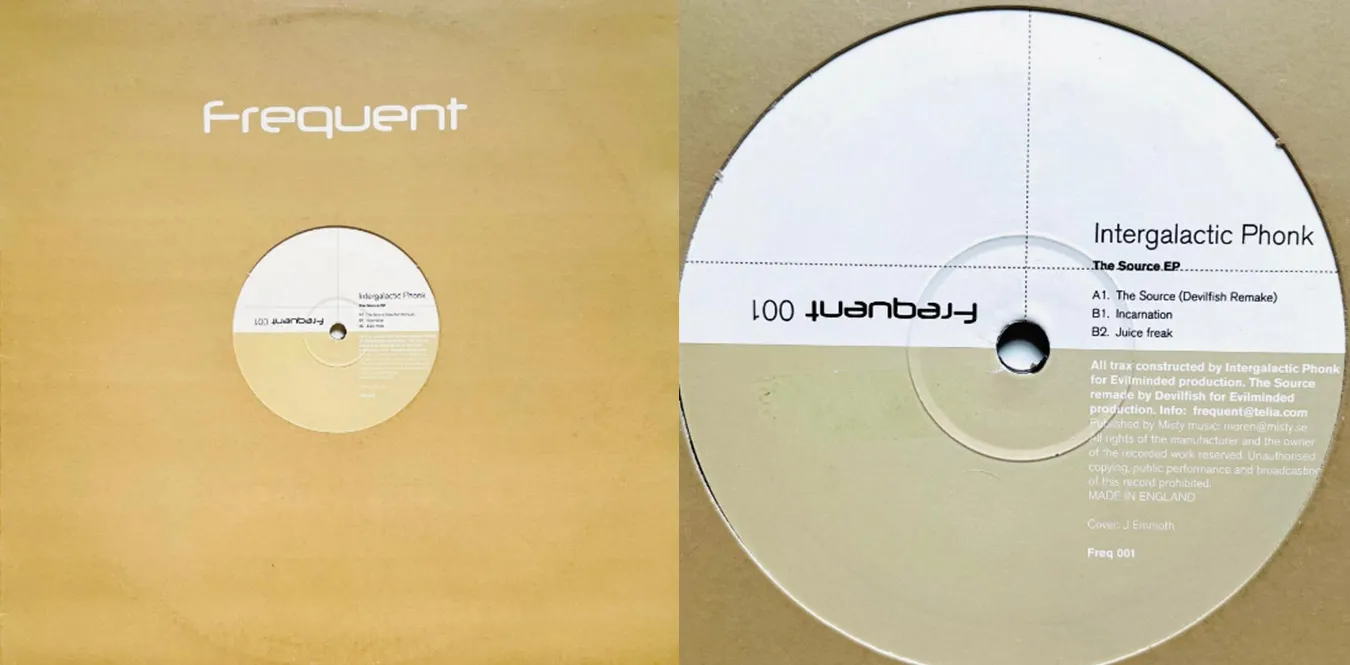
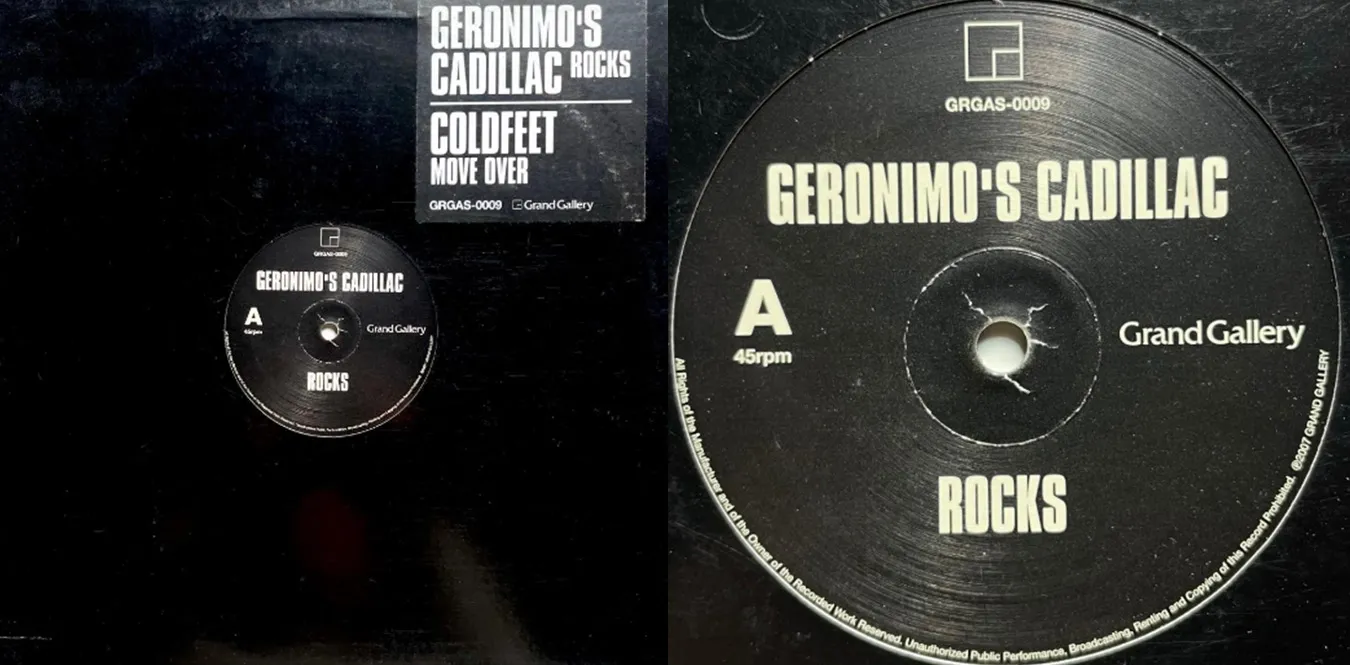
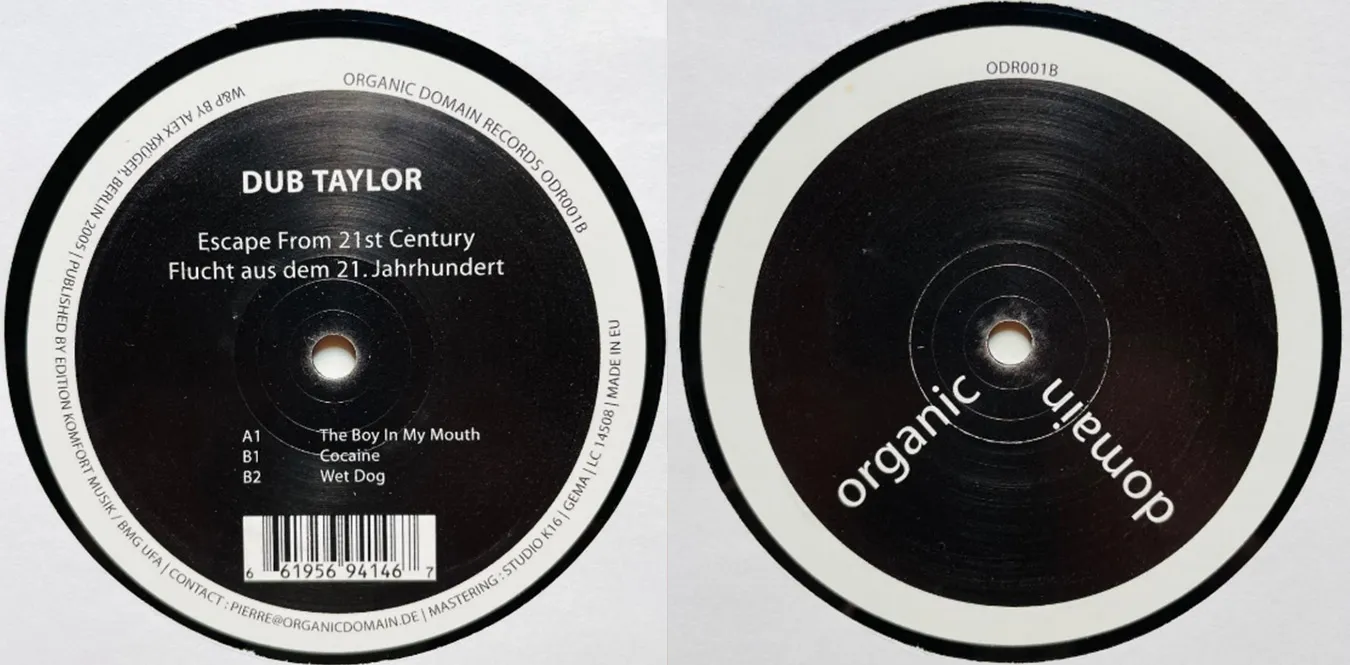
![[Column] Modern Soul / Contemporary Funk](/../assets/images/column-modern-soul-contemporary-funk.webp)
![[Column] Tech House: Minimal precision and reinventing the groove](/../assets/images/column-tech-house.webp)
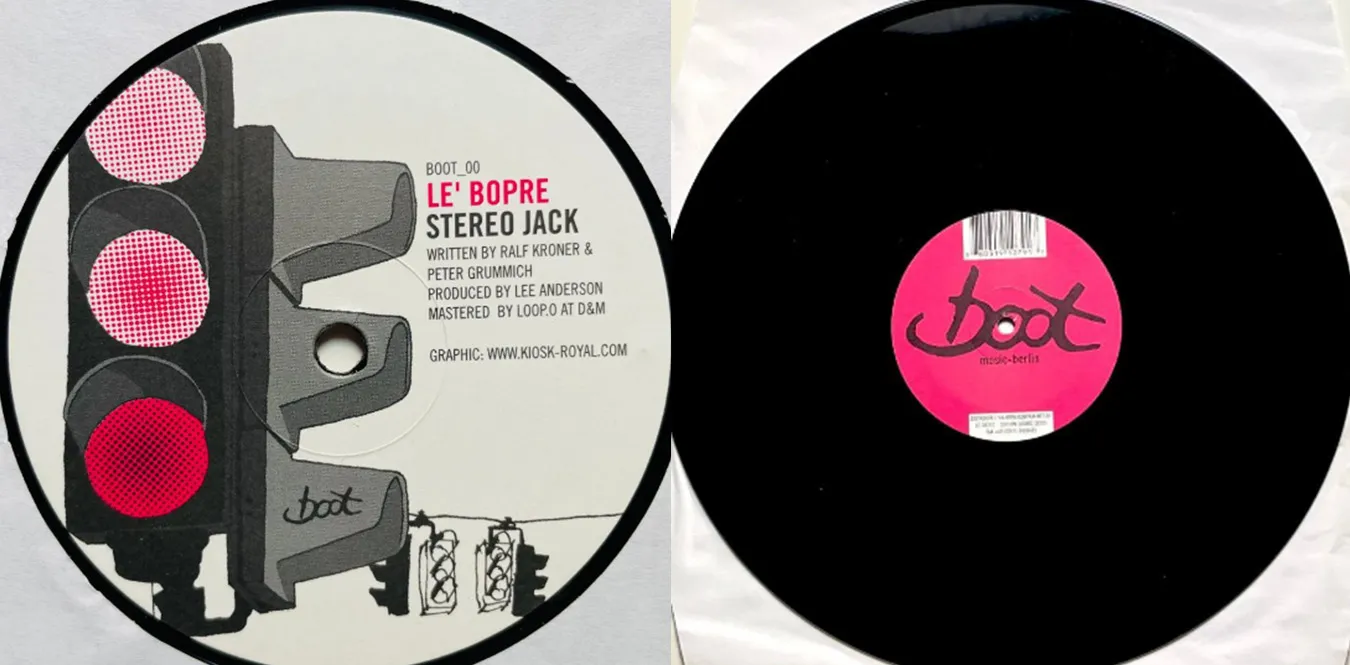
![[Column] Ricardo Villalobos × Luciano — A rhythmic journey where South America and Europe intersect](/../assets/images/column-ricardo-villalobos-luciano.webp)

